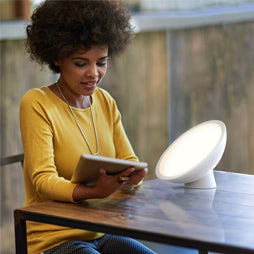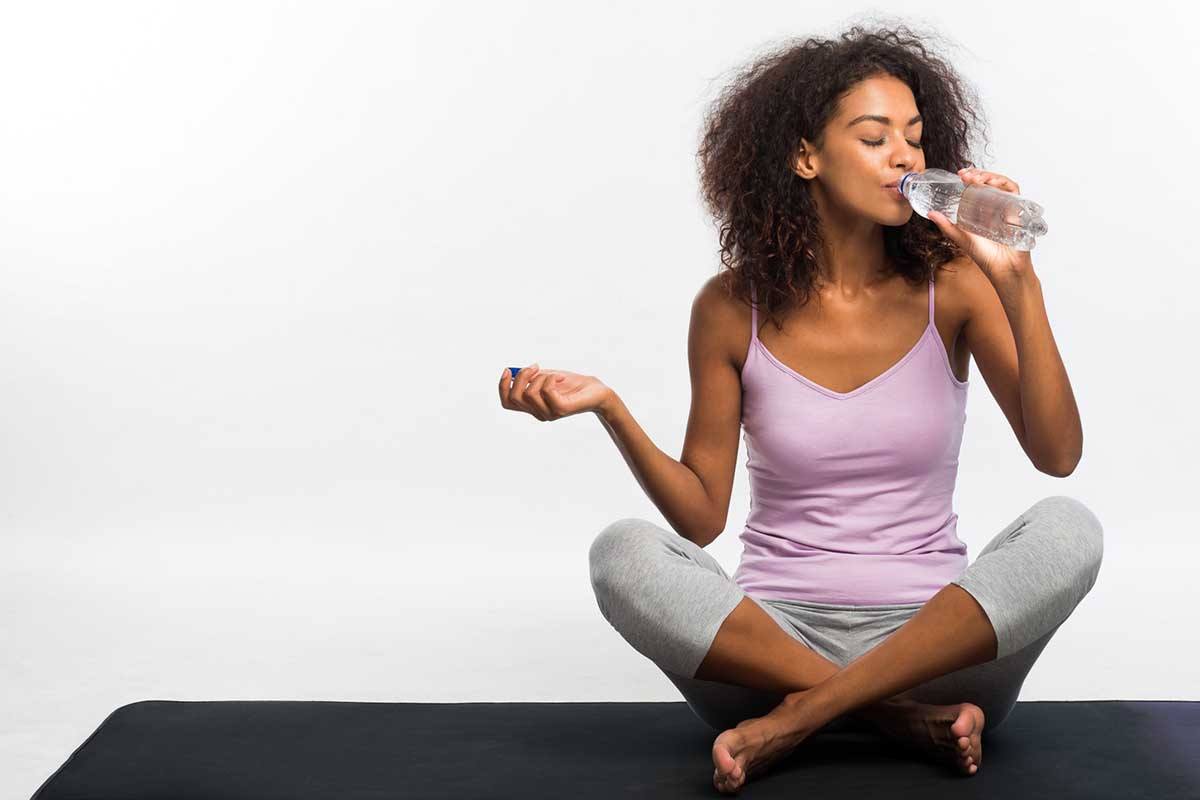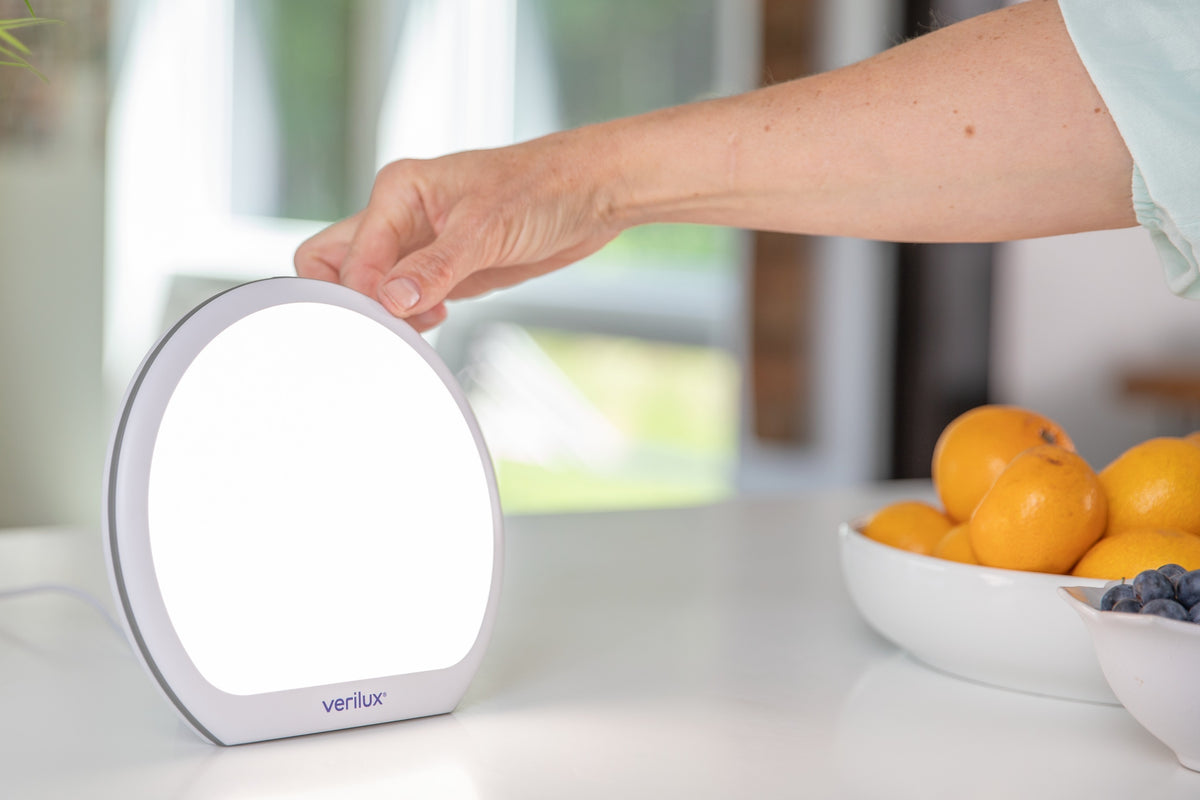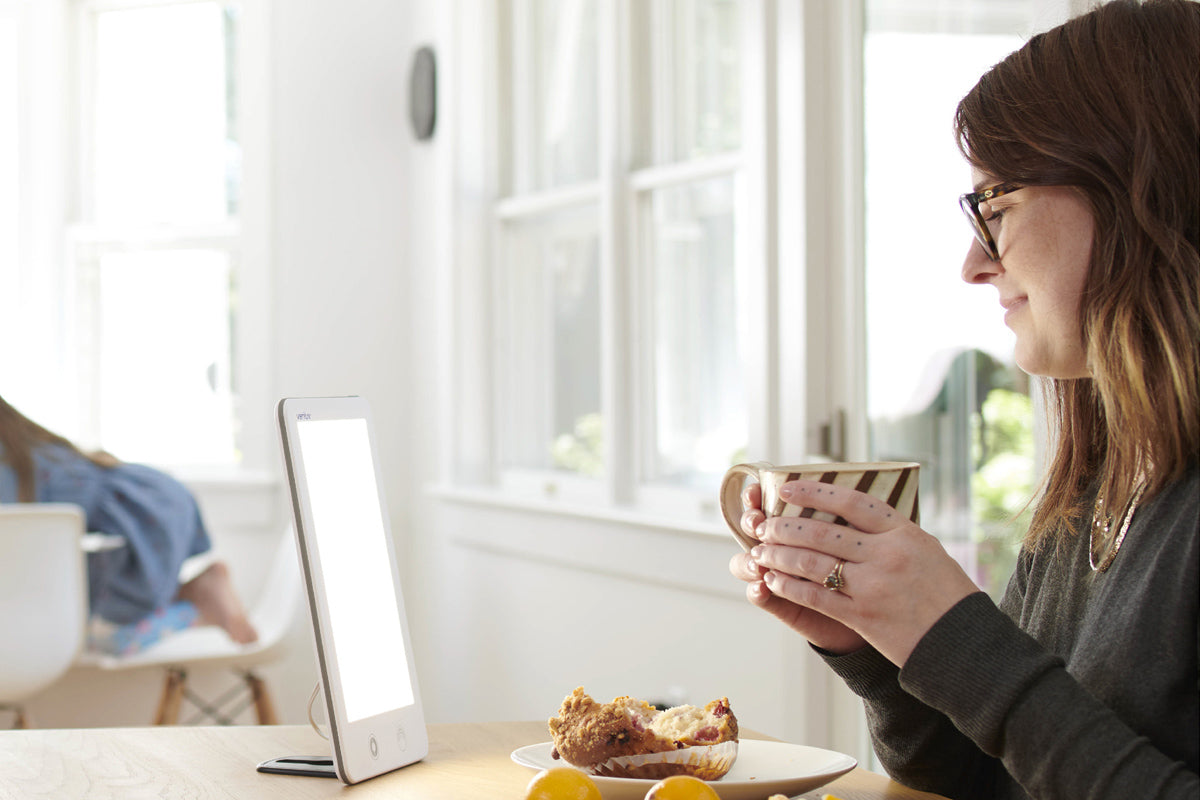All physiological functions — from muscle function, metabolism and joint lubrication, to the maintenance of a healthy gastrointestinal tract, glowing skin and shiny hair — require adequate water.
Your water bottle may be one of the lightest things you lift during a workout, but it’s also one of the most important. As an active woman, you bust your butt in the gym, working up a sweat to boost your health and your fitness – and your water levels can make or break your performance. “Being well hydrated makes you feel better and function better athletically,” says Michael Bergeron, PhD, FACSM, executive director at the National Institute for Athletic Health & Performance in Sioux Falls, Idaho. “Workouts and recovery from workouts will be less effective if you are chronically dehydrated,” he explains, adding that considerable dehydration can also result in increased or premature fatigue, making it harder for your body to tolerate workouts — and that’s bad news for your results.
The reason? Water is a major component of muscle. In fact, it makes up 70 to 75 percent of muscle tissue, making it essential for replenishing everything from your shoulders down to your quads and calves, explains Chicago-based registered dietitian Monique Ryan, author of Sports Nutrition for Endurance Athletes.
“When fluid losses are significant, cells become dehydrated, which affects their normal processes and function,” says Mindy Millard-Stafford, PhD, director of the Exercise Physiology Laboratory at Georgia Tech’s School of Applied Physiology and former president of the American College of Sports Medicine. But even small amounts of water loss can compromise performance. A report in Medicine & Science in Sports & Exercise notes that being just two percent dehydrated can hurt your aerobic exercise, while other studies have shown that similar levels of dehydration can impact your ability to think clearly and concentrate; still others show that even small water losses compromise muscle strength.
What’s more, in a study published in The Journal of Nutrition, researchers from the University of Connecticut’s Human Performance Laboratory showed that by the time you’re thirsty (one to two percent dehydrated), you’re already more likely to suffer from fatigue, tension and anxiety — especially if you’re a woman. So drink up to stay strong and focused in the gym.
Because you’re active, your water intake should be higher than that of your sedentary friends. “Beyond the 32 to 64 ounces of water (four to eight cups) that most women should consume daily, an active woman may need another 32 to 160 ounces (four to 20 cups) per day, depending on her activity level, sweat loss and exposure to heat and humidity,” says Bergeron. When exercising outdoors in the summer, for example, you’ll need to drink enough water to replenish what you’ll lose naturally through sweating.
The bottom line? “Water will allow you to feel better, perform better and recover better,” says world-renowned heat and hydration expert Douglas Casa, PhD, chief operating officer at the Korey Stringer Institute at the University of Connecticut. “It will also affect your ability to think well and work well. Good hydration is a core value of your health.”
The average active woman loses about one liter (or 33 ounces) of water through sweat during a workout
How Much Water Should I Drink?
Follow these guidelines from the American College of Sports Medicine for staying hydrated during your workouts.
|Amount|Type of Drink|Frequency| |-|-|-| |3–8 ounces|Water|Every 15–20 minutes when exercising for 60 minutes or less| |3–8 ounces|Sports Drink|Every 15–20 minutes when exerercising longer than 60 minutes|
10 Best Tips For Staying Hydrated
- Hang a towel near your gym’s water cooler: you’ll be more likely to refill your bottle when you mop off the sweat.
- To keep your water cold during your workout, throw ice cubes or frozen fruit into your bottle.
- Make it a habit to drink a glass of water before and after each meal.
- During the day, choose water-rich foods, such as broth-based soup, melons, cucumbers and tomatoes.
- Using a permanent marker, draw lines on your water bottle, indicating how much water you should drink at various intervals throughout your day or your workout. For example, mark a line at eight ounces and write, “Before breakfast.”
- Place rubber bands around your water bottle, each one representing one full bottle that you must drink during the day. When you finish drinking a bottle, remove a band from the bottle and place it around your wrist. This way, you’ll see how much water you have left to drink (the bands around the bottle) and how much you’ve already had (the bands around your wrist).
- Look for sports drinks with six to eight percent carbohydrates. Anything more will slow down the rate at which the drink can keep you hydrated, says hydration expert Douglas Casa, PhD.
- Think lemonade: that should be the color of your urine before and after working out.
- Minimize alcohol consumption: it’s dehydrating and is metabolized in the body like a fat.
- Look out for signs of dehydration. See “Are You Dehydrated?”
Are You Dehydrated?
If you’re suffering from any of these symptoms, it’s time to up your water intake. Seek urgent care if your symptoms are severe, especially when training outdoors in the heat, as they may also indicate heat exhaustion or heat stroke.
- Thirst
- Goosebumps
- Shivering
- Fatigue
- Headache
- Dry mouth
- Dizziness
- Loss of appetite
- Poor concentration
- Elevated heart rate
- Weakness
- Dark-colored urine
Water + Electrolytes
If your body were a car, then water would be the gas to keep it moving. Electrolytes, such as sodium, chloride, potassium and bicarbonate, would be the oil that would keep everything in check — and when you forget to change the oil, your car can run into trouble, even with a tank full of gas. The same applies to the balance between water and electrolytes. When women sweat, explains American College of Sports Medicine spokesperson Michael Bergeron, PhD, they can lose up to 3,000 milligrams or more of sodium per hour.
“If you don’t replace the sodium, you’ll never fully rehydrate,” he says. “Most women will do this through their diet, but for some, additional sodium must be deliberately added to sports drinks, for example.” Low sodium in the blood, or hyponatremia, is a concern for some endurance athletes who consume only large amounts of water during a multi-hour event and avoid urinating. But as Monique Ryan, MS, RD, explains, most women working out at a gym have adequate access to not only electrolyte-containing sports drinks (for intense bouts longer than 60 minutes), but also a restroom to expel excess water intake.
Written by OxygenMag for Oxygen Magazine and legally licensed through the Matcha publisher network. Please direct all licensing questions to legal@getmatcha.com.








